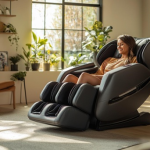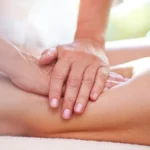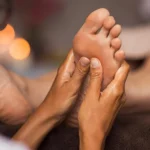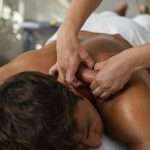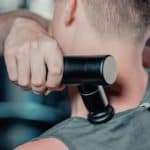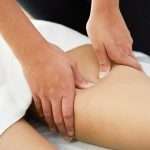Massage therapy can play a supportive role in stroke recovery—helping ease muscle tension, improve circulation, and reduce emotional stress. With the right approach, massage can bring comfort, improve mobility, and strengthen the connection between patient and caregiver.
In this guide, you’ll learn:
- What precautions to take before and during massage
- The benefits of massage for stroke patients
- How to safely apply techniques to hands, legs, and the whole body
- Which methods are best for comfort and healing
Table of Contents
Benefits of Massage for Stroke Patients

Massage can offer a wide range of physical and emotional benefits for stroke survivors. Regular massage, when integrated into a rehabilitation plan, may help support long-term improvements in comfort, movement, and mood.
Physical Benefits:
✅ Reduces muscle stiffness and tightness
✅ Improves flexibility and joint mobility
✅ Eases spasticity in affected limbs
✅ Supports healthy circulation and lymphatic flow
✅ Decreases fatigue and encourages movement
After a stroke, many patients experience muscle imbalances, weakness, and restricted movement. Gentle massage helps promote blood flow and warm up muscles that are no longer used regularly, while also aiding in the prevention of pressure sores and joint contractures.
Emotional and Mental Benefits:
✅ Lowers stress, anxiety, and depression
✅ Promotes relaxation and restful sleep
✅ Strengthens the bond between patient and caregiver through positive touch
Human connection is a key part of healing. Safe, nurturing touch through massage can reduce feelings of isolation, ease emotional distress, and give patients a sense of calm and dignity.
Before You Begin: How to Prepare
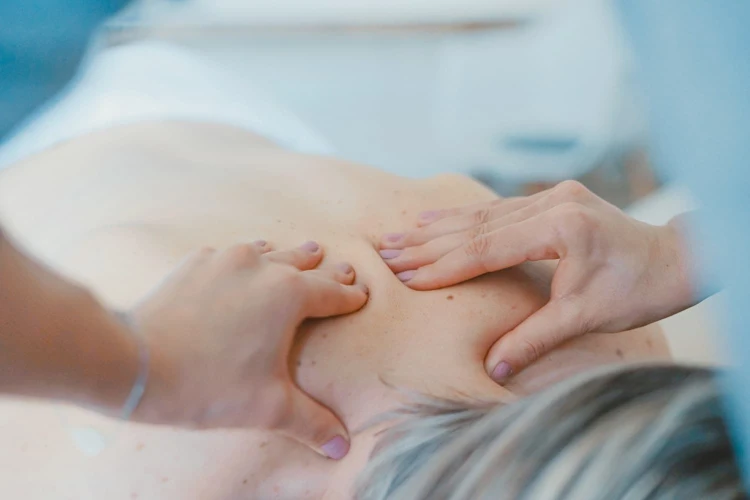
Massage should always be tailored to the patient’s physical and emotional condition. Proper preparation ensures safety, comfort, and better outcomes.
✅ Assess the Patient’s Condition
- Review medical history and stroke severity
- Check for contraindications (e.g., recent surgery, blood clots, infections)
- Identify areas with limited range of motion or high sensitivity
This step is essential. Each stroke is different, and some patients may be at higher risk of complications. Speak with the healthcare team before starting massage therapy or any form of post-stroke therapy.
✅ Set Up a Safe, Calm Environment
- Choose a warm, quiet space with soft lighting
- Use pillows and cushions for support
- Position the patient comfortably on a bed, chair, or massage table
Comfort matters—both physically and emotionally. A relaxed space helps the patient feel secure and reduces stress levels before touch begins.
✅ Communicate Clearly
- Explain what you’re going to do before each step
- Encourage the patient to speak up about any pain or discomfort
- Check in regularly during the session
Some stroke patients may have communication difficulties. Pay attention to non-verbal signals, such as changes in facial expression, breathing, or body tension.
Massage Techniques for Stroke Recovery
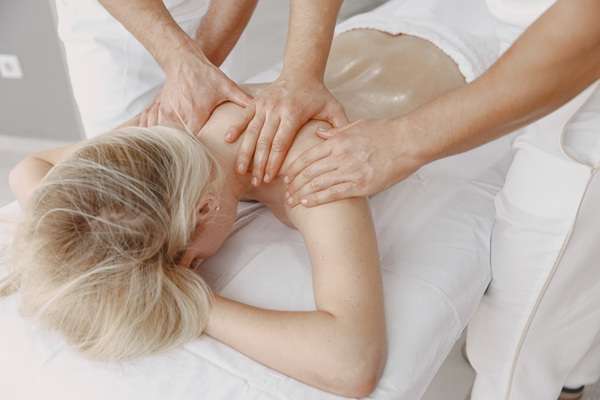
Massage techniques should be light, focused, and adapted to the patient’s ability and tolerance. Start slowly and avoid any sudden or deep pressure. These approaches are ideal in any gentle therapeutic massage setting.
🖐️ Hand Massage (Step-by-Step)
- Begin with light strokes across the palm and back of the hand
- Use circular motions with your fingertips to loosen the wrist
- Gently massage each finger, one at a time
- Apply light pressure around the base of the thumb and wrist
- Repeat with slow, relaxing strokes
Massage can help reduce swelling and stiffness in the hands—especially if the patient has limited movement in the affected limb. This is common in post-stroke therapy.
🦵 Leg and Foot Massage
- Start at the ankle, using upward strokes toward the thigh
- Use gentle kneading on tight muscles in the calf or thigh
- Apply circular motions to the sole of the foot
- Avoid pressing too hard on swollen or numb areas
Massaging the legs can help stimulate circulation, reduce swelling, and prevent muscle atrophy in patients with limited mobility. This is a key part of massage for stroke recovery.
🧘 Mild Stroke Massage
- Use soft, gliding strokes on the arms, shoulders, and back
- Massage in the direction of the heart to encourage blood flow
- Focus on relaxation, not deep tissue work
These techniques are ideal for stroke survivor care, especially for those in the early stages of rehabilitation.
💆 Optional Techniques (Use with Professional Guidance)
- Swedish massage for stress relief
- Myofascial release to ease stiffness
- Lymphatic drainage for swelling
- Acupressure or trigger point therapy for localized tension
These should only be performed by trained professionals or under guidance from a medical provider.
Safety Considerations
Massage for stroke patients must always be gentle, respectful, and cautious.
✅ Do:
- Get clearance from the patient’s physician or rehab team
- Use light to moderate pressure only
- Monitor for signs of discomfort or fatigue
- Shorten the session if needed
Always keep sessions short—especially at the start. Ten to fifteen minutes may be enough in the beginning. Gradually increase based on the patient’s comfort and response.
❌ Avoid:
- Massaging areas with loss of sensation, recent surgery, or clot risk
- Applying strong pressure or deep manipulation
- Using techniques that overstimulate sensitive nerves or muscles
If the patient shows any signs of distress—stop immediately. It’s better to do less than too much.
Caregiver Tips
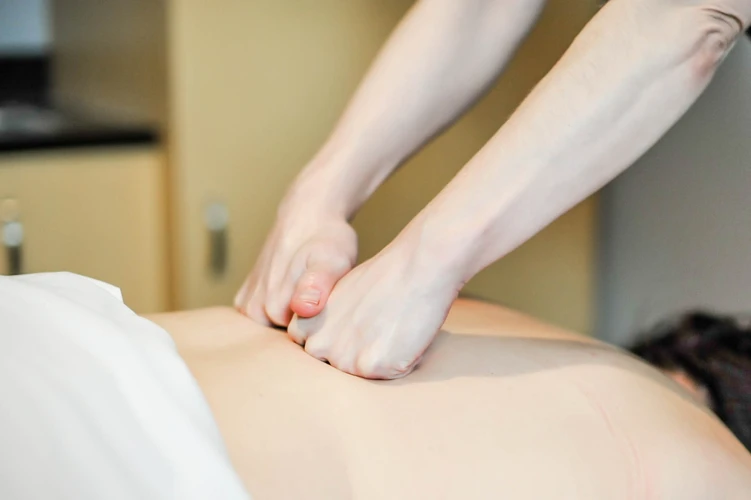
- Always start slow and observe the patient’s response
- Use massage as a way to comfort, not just to treat
- Let the patient guide the pace—some may want short sessions, others longer
- End each massage with calm, light strokes to help the body relax
Caregivers can use massage as a tool to create calm, routine, and emotional reassurance. It’s not just about muscles—it’s about presence, connection, and support. This type of stroke survivor care can make a significant difference in recovery.
Frequently Asked Questions

How often should a stroke patient receive massage?
Once or twice a week is often enough, depending on the patient’s condition. Gentle daily touch can also support relaxation between sessions.
What kind of oil or lotion should be used?
Choose a hypoallergenic, unscented lotion or oil. Use only a small amount to reduce friction.
Can massage help with stroke-related paralysis?
Massage won’t reverse paralysis but can support circulation, reduce stiffness, and ease discomfort in affected limbs. It’s an important part of gentle massage after stroke.
Is it safe to massage someone with high blood pressure?
Yes—but avoid intense pressure, especially around the neck or legs. Always consult a doctor if unsure.
Can massage help with speech or communication recovery?
While massage doesn’t directly impact speech, it may reduce anxiety and improve relaxation—making it easier for patients to focus and engage in therapy.
Should caregivers be trained in massage techniques?
It’s recommended. Even a short training session with a massage therapist or occupational therapist can make a big difference in safety and effectiveness.
Final Thoughts
Massage can be a valuable part of stroke recovery when done with care. With the right techniques and precautions, it can reduce pain, ease stress, and offer a calming, human connection during the healing process.
Whether you’re a caregiver or massage therapist, your touch—when gentle and informed—can bring relief, trust, and comfort to someone on the road to recovery.
In the end, it’s not just about movement—it’s about making the person feel seen, supported, and safe. Including stroke rehabilitation massage as part of a comprehensive care plan can support both short-term comfort and long-term healing
📖 Also Read:
- Best Massager for Seniors: Ultimate Guide
- Best Back Massagers for Seniors: How to Choose the Right One
📚 References
- Effects of massage therapy in stroke patients: a systematic review.
- How Massage Therapy Can Help Stroke Survivors
- Massage – Wikipedia
⚠️ Disclaimer:
This article is for informational purposes only and does not constitute medical advice. Always consult with a licensed healthcare provider or certified massage therapist before beginning any new treatment, especially if you have pre-existing health conditions or concerns.


